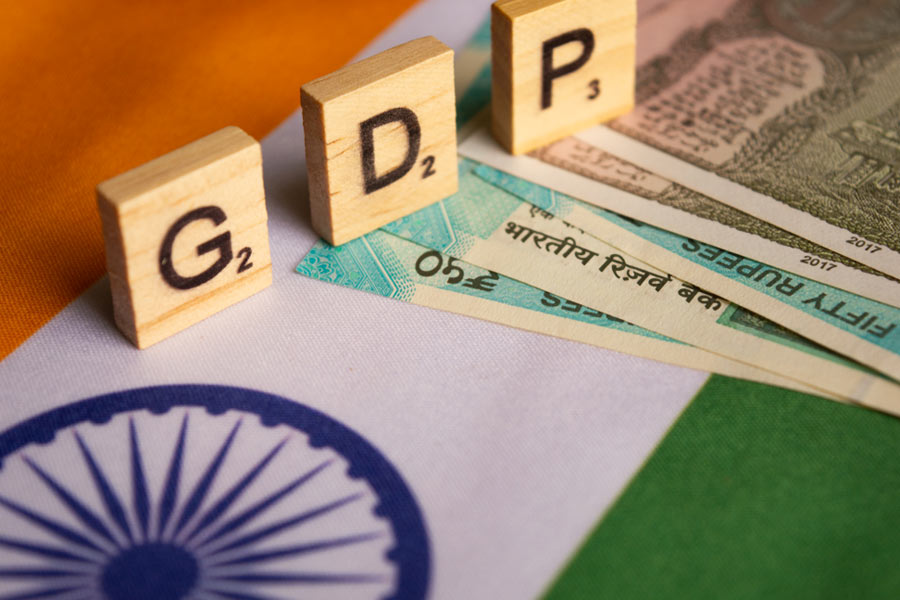As the country starts its electrification journey, a spate of fire incidents in electric scooters have raised serious concerns on the safety of batteries.
The Niti Aayog, which is drawing a road map for electric mobility, is probing the incidents, while asking the makers to recall the entire batch from which the vehicles have caught fire.
E-scooter manufacturer Okinawa has recalled 3,215 units because of safety concerns.
Following the Ola, Pure EV EPluto 7G scooter incidents and the loss of lives in Vellore involving an Okinawa scooter, the central government has deputed a team to probe the incidents and develop a standard operating procedure (SPO) to handle the fires.
The e-scooters have caught fire on roads and while charging — and once ablaze they are nearly impossible to control.
The battery packs catch fire through overheating or during charging. They can in rare instances spontaneously combust, with a possible explanation being the contamination of just one cell during manufacture.
“Even experienced and careful manufacturers have defective cells passing through their careful quality control systems,” says an expert.
There are various reasons a battery can catch fire, highlighting the importance of quality control. Manufacturers — driven by competition and pressure to meet targets set by funders — rush their EV development and potentially take risky shortcuts.
The government needs to monitor the manufacturing processes and not just support ambitious EV plans.
Cell shape and chemical type are also important issues in battery safety. Pouch cells — cell phone battery — bunch closer when bundled together in battery modules that make up a pack and thus offer a better space to energy ratio.











